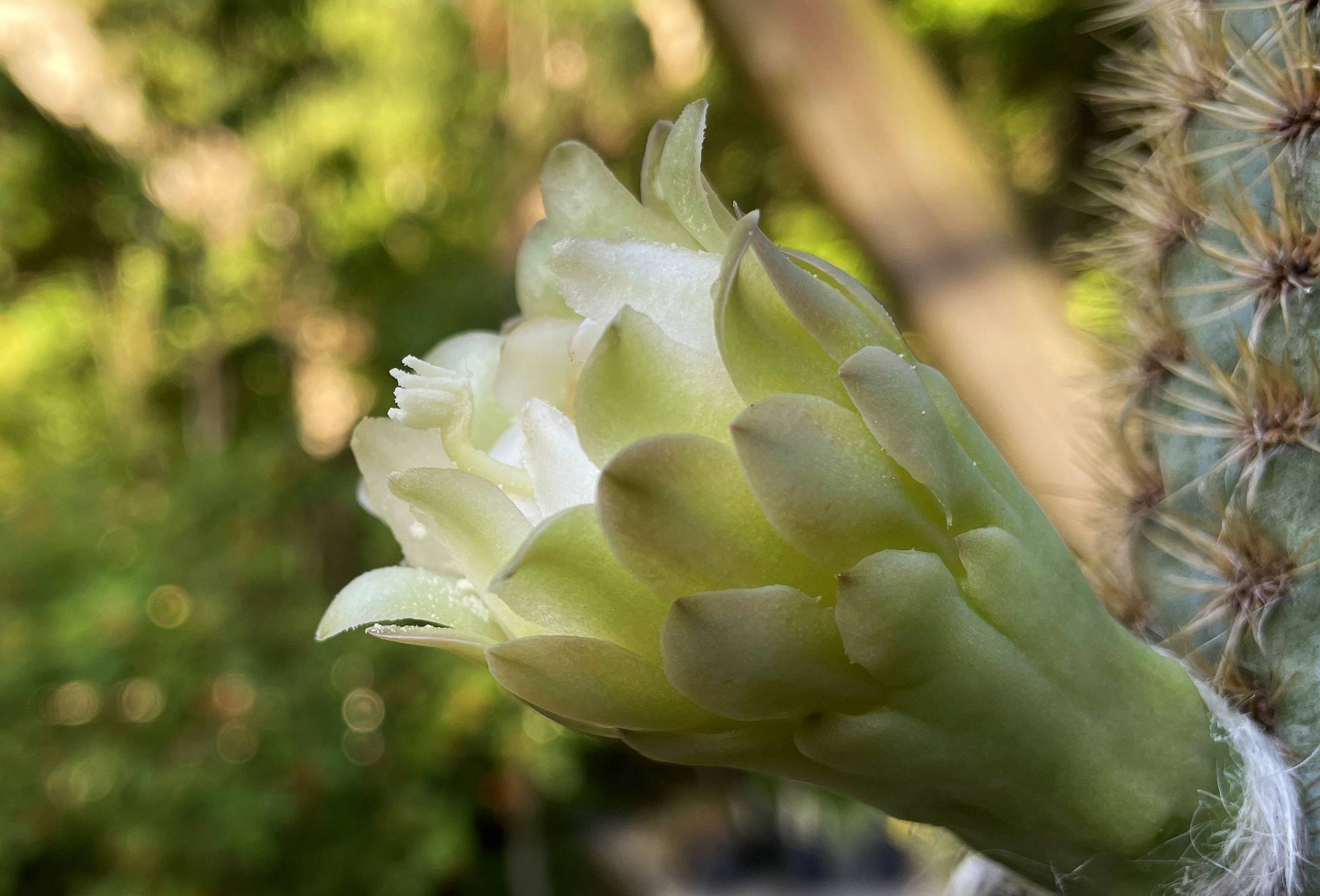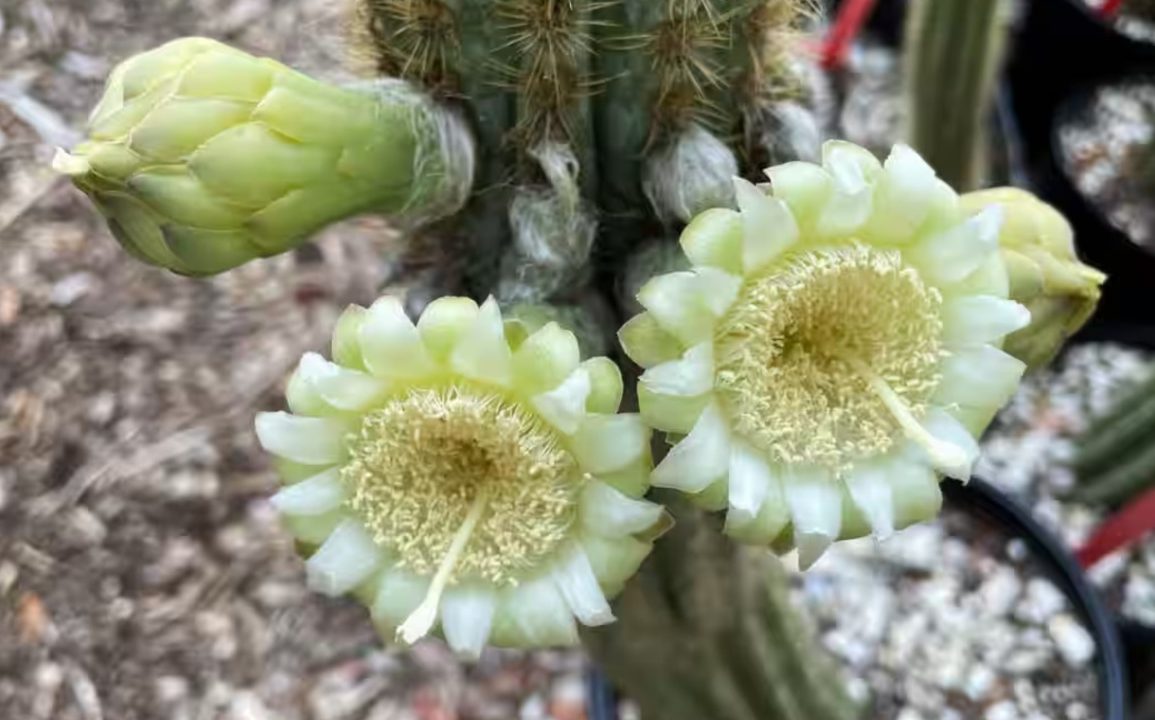A unique plant, the Key Largo tree cactus, has become the first species in the United States to be exterminated from the wild due to the effects of rising seas, according to scientists. This extinction, caused by sea level rise, rising tides, and intense storms, is seen as a warning sign for other species that may face similar fates as climate change progresses.
The cactus was native to the Florida Keys but has been wiped out in its US habitat, signaling broader environmental challenges.
The Key Largo tree cactus was only found in the US in the Florida Keys, where its population was driven to extinction by environmental changes. A study published in the Journal of the Botanical Research Institute of Texas detailed how the combined effects of climate change made the plant’s habitat uninhabitable.
The cactus still exists in the Caribbean, but the chances of it naturally re-establishing in Florida are very slim. In 2011, there were around 150 individuals left, but by 2015, they were dying rapidly due to factors including animal attacks and rising sea levels.

The plant’s habitat, a low-lying area in the Florida Keys, was increasingly swamped by saltwater from storms and high tides exacerbated by global warming. Fossil-fuel pollution, which heats and expands the oceans, is contributing to this problem.
Sea levels around the Keys have risen by an average of 0.16 inches per year since 1971, making the environment too salty for the cactus to survive. Plants can withstand salty conditions for a short time, but prolonged exposure to saltwater is fatal as it prevents them from accessing freshwater.
By 2021, researchers had to remove the remaining cacti from the wild as it became clear that they could not survive. The last wild cactus was removed in 2023 because of the ongoing threat from rising sea levels. This extinction is seen as an indicator of the broader impacts of climate change on coastal species.
Sea levels are expected to rise up to seven feet by the end of the century, posing an existential threat to many other species in the region.
The loss of the Key Largo tree cactus highlights the broader issue of biodiversity loss due to climate change. More than one-quarter of native plant species in South Florida are critically threatened with regional extinction.
This includes species such as Garber’s spurge and the smallflower lilythorn. Additionally, rising saltwater levels are affecting local wildlife by reducing the availability of freshwater.
Although biologists are creating temporary solutions, such as small pools of freshwater, the long-term effects of climate change make protecting biodiversity increasingly challenging. The rescued cacti have been moved to a greenhouse, and while there are plans to reintroduce them, finding a suitable habitat in the rapidly changing climate is difficult.

